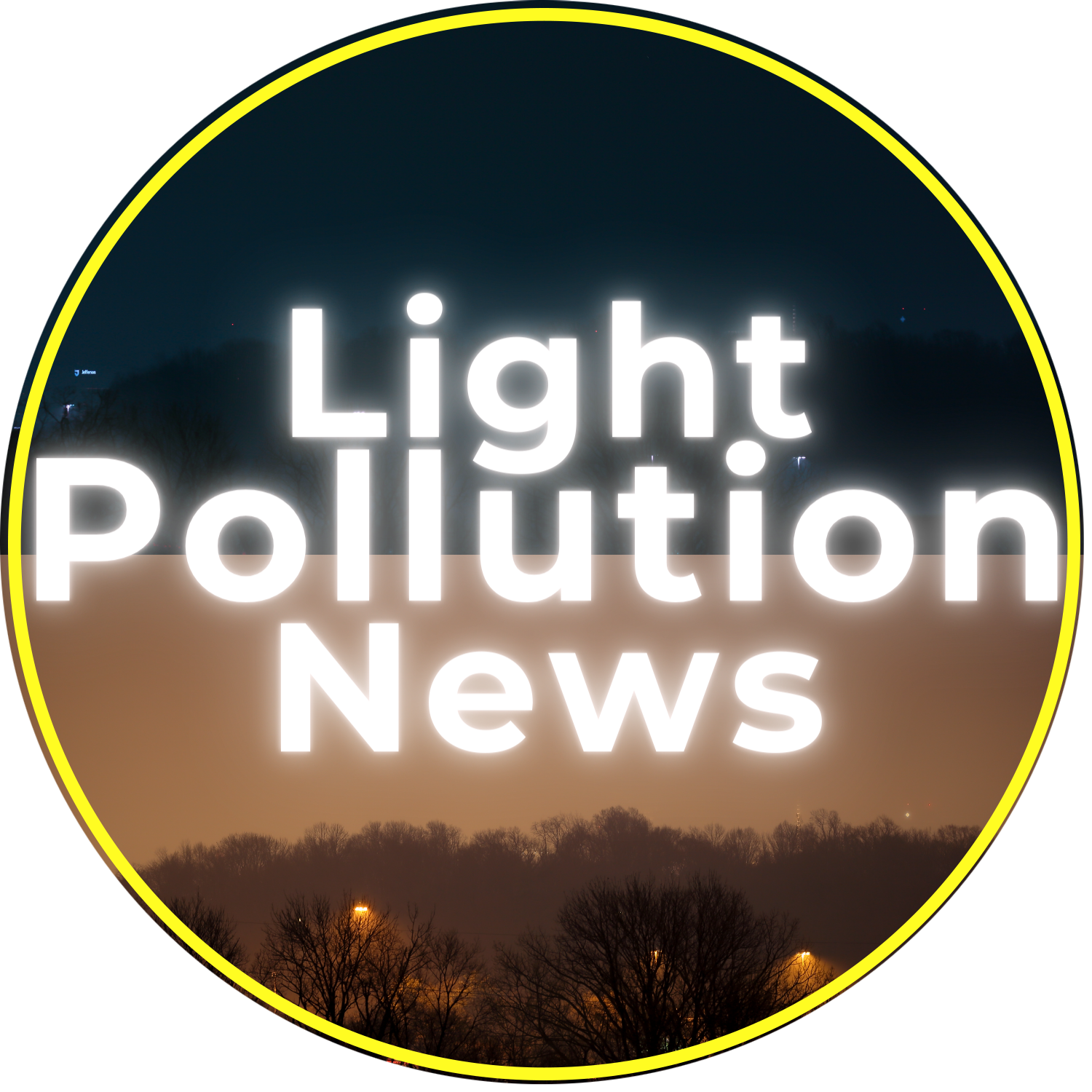Birds, insects, mammals, and even humans, evolved a circadian rhythm. The balance between day and night has tipped decidedly toward 24 hour daytime. Below are estimated impacts by the International Dark Sky Association.
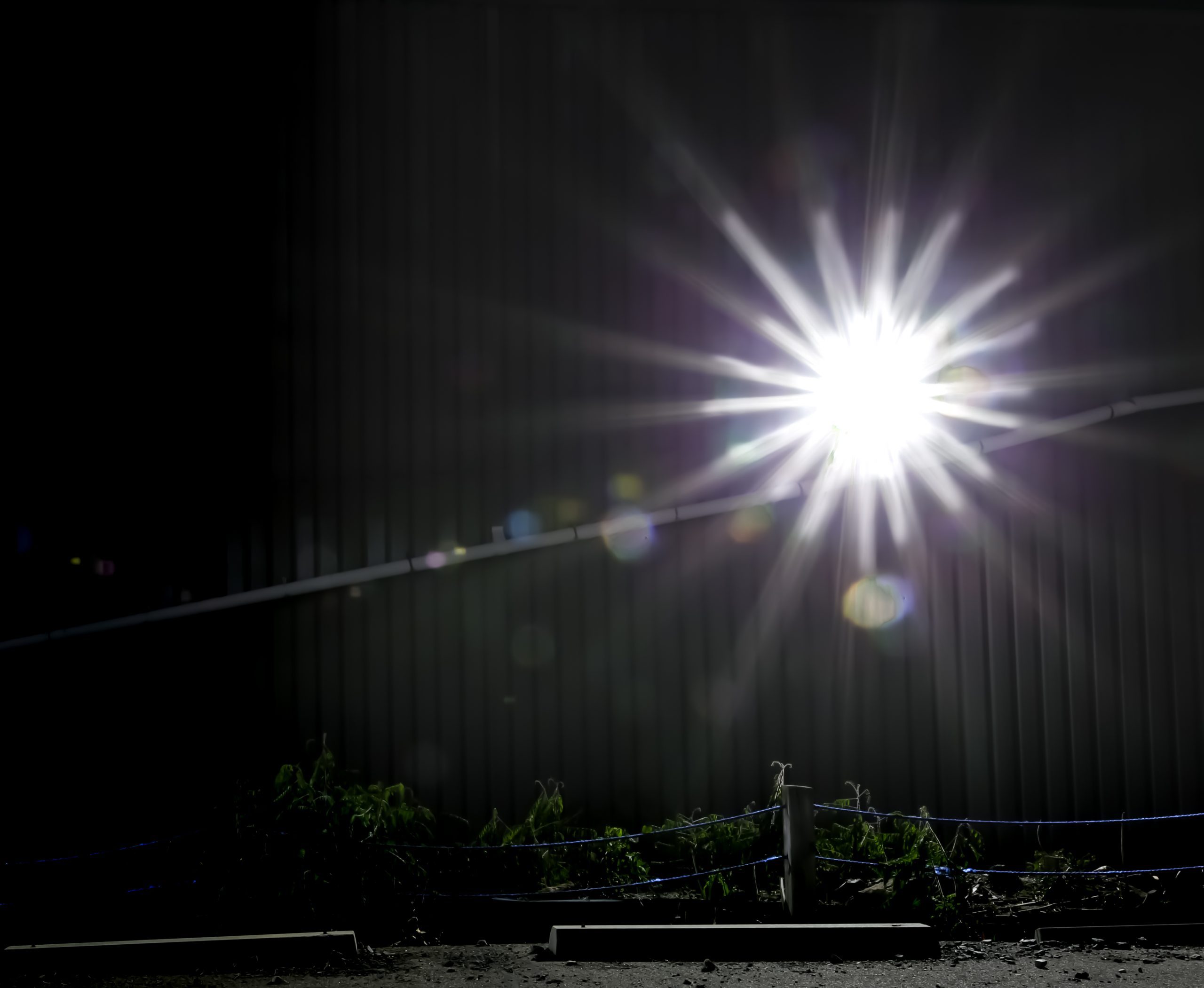
Light Pollution News
A Podcast Shedding the Light Only Where Needed
Featured Episodes
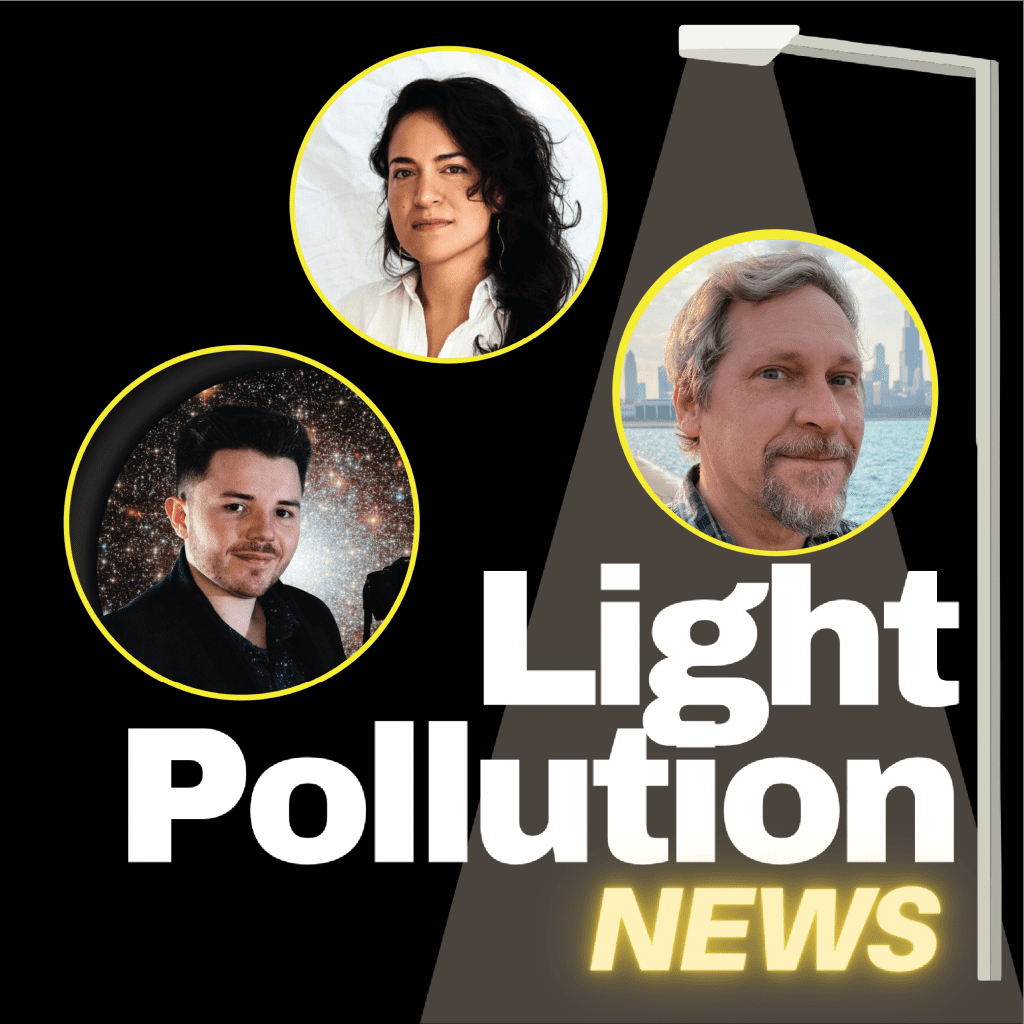
July 2024: To a Better 2045!
Host: Bill McGeeney
Guests:
- Lya Osborn, Light Justice
- Josh Dury, Award Winning Photographer
- Ken Walczak, Dark Sky International / Adler Planetarium
Illuminance – luminance, tomato – tomato! What a show we have today!
Conflict over bridge lighting in Jacksonville, it’s not what you think! Is there a standard lighting level most people feel comfortable with? And have you seen a positive representation of night in cinema recently?
This month, from Light Justice, Lya Osborn, Photographer extrodianer, Josh Dury, and from Dark Sky Int’l and the Adler Planetarium, Ken Walczak!



July 2024: We Need Better Resolution!
Host: Bill McGeeney
Guests:
- Lya Osborn, Light Justice
- Josh Dury, Award Winning Photographer
- Ken Walczak, Dark Sky International / Adler Planetarium
Do we need a new satellite in the sky for monitoring light pollution? What does light at night really mean in terms of economic growth research? And…have you ever heard of the Rhea constellation?
We finish up our July show with Light Justice’s Lya Osborn, Award Winning Photographer Josh Dury, and Dark Sky Int’l’s own Ken Walczak!
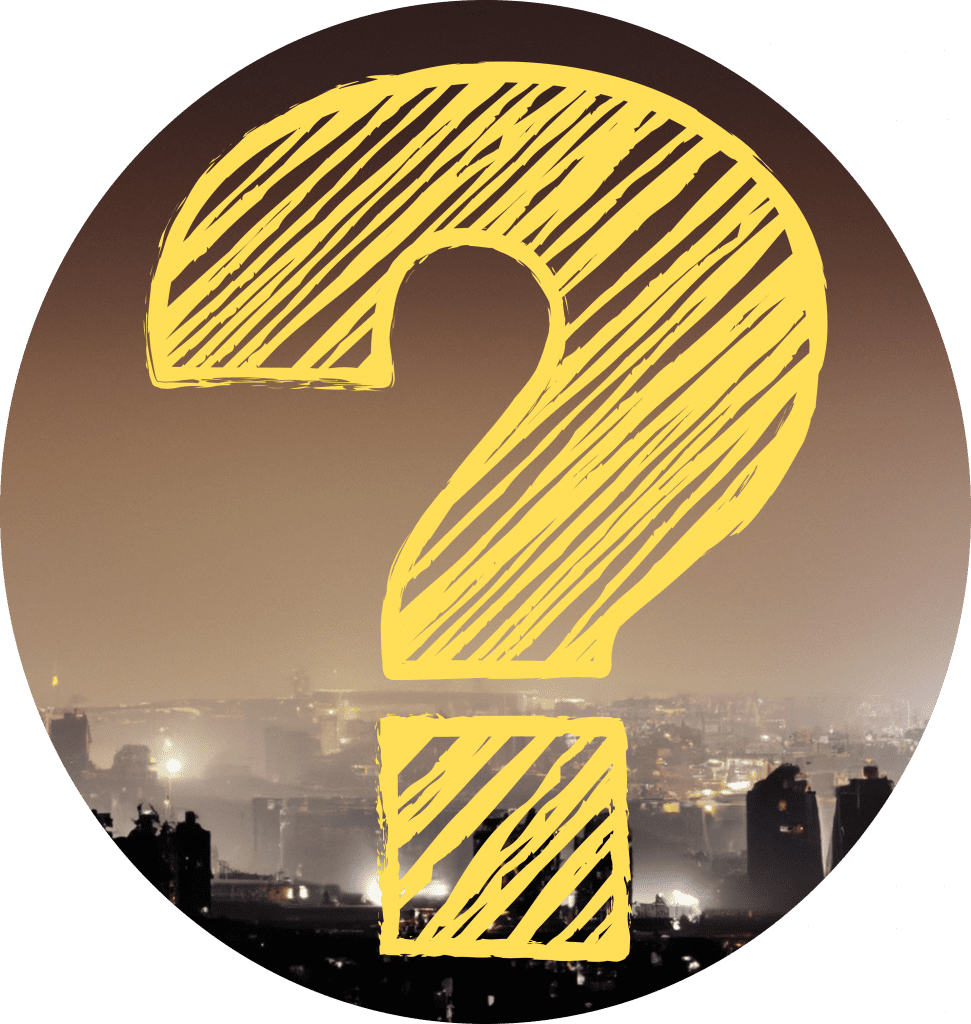

Why It’s So Bright at Night?
Host: Bill McGeeney
Guests: Dee Durham, New Castle County Councilmember, Delaware
How can one county lead the charge against light pollution while balancing development and environmental preservation? Second District New Castle County, Delaware Councilmember Dee Durham joins host Bill McGeeney to discuss the successful passage of Lighting Ordinance 23-122, aimed at reducing light pollution through smart lighting regulations.
Councilmember Durham explains the regulations on specific lighting types such as spotlights and floodlights, and the importance of shielding to reduce glare and enhance energy efficiency. We’ll highlight the challenges of implementing Ordinance 23-122 and how the county plans to enforce this ordinance.
Helpful Tips!


Solution to Reduce Light Pollution: 10 Easy Ways
When we start thinking about the issue of light pollution, like many other environmental issues, it can seem like an impossible problem to fix. Luckily, light pollution is technically the most easily reversible form of pollution. If you are interested in reducing light pollution, the best way to start is at home. We have 10 easy steps you can follow to inventory your home lighting to decrease the amount of light pollution coming from your home.
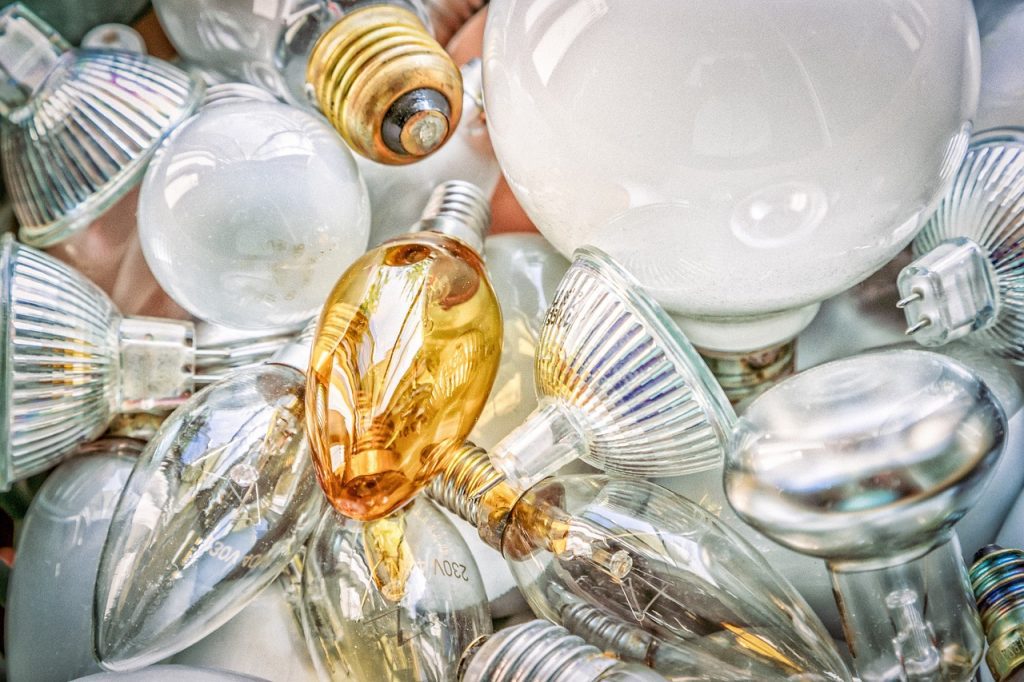

How Many Lumens Do You Need for Outdoor Lighting?
When installing or replacing outdoor lights, brightness of the lights (lumens) is an important factor that needs to be considered. The amount of lumens needed will depend on the application. This will range from 12-800 lumens depending on the purpose of the light.
We recommend going on the lower end when possible, this will not only save on energy costs, but it will help to decrease your contribution to light pollution. You can also add additional lights, or go with a brighter light bulb if you find you need a brighter light for your outdoor lighting.
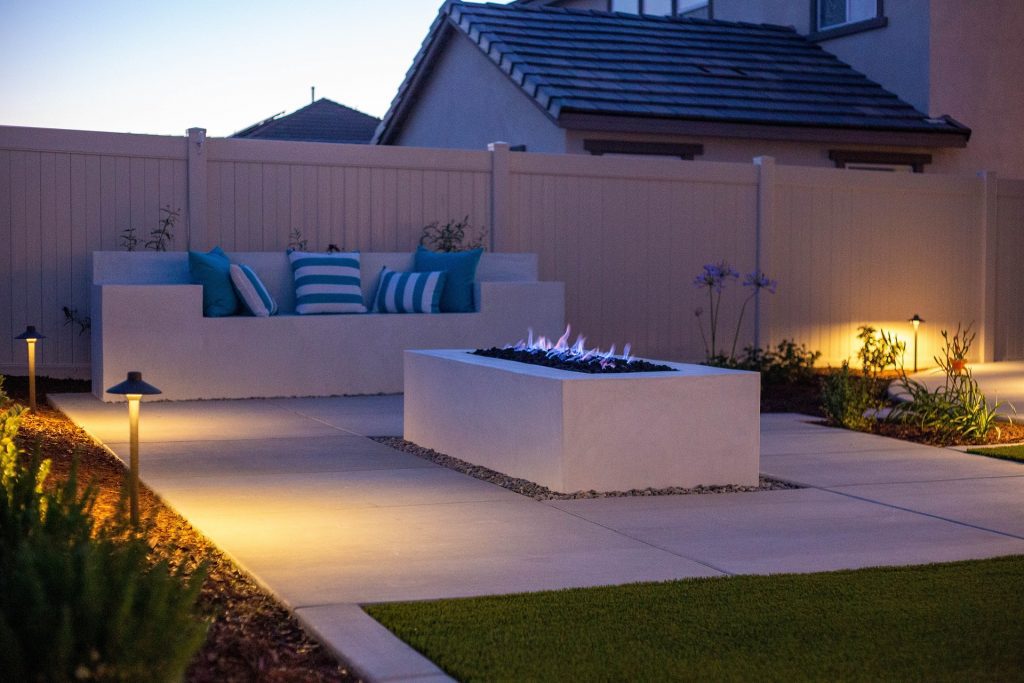

Best Outdoor Lighting Ideas for Your Backyard Landscape.
Many people put a lot of time, money, and effort into their outdoor spaces. Lights are a great way to enjoy your outdoor living space at all times of the day. We believe that less is more when it comes to lighting. Too much lighting and everything will be bathed in a generic glow, the play of light and shadows allows for a much more dramatic effect and will allow certain areas and features to be highlighted. We have some great dark sky friendly lighting options for all your outdoor lighting needs.
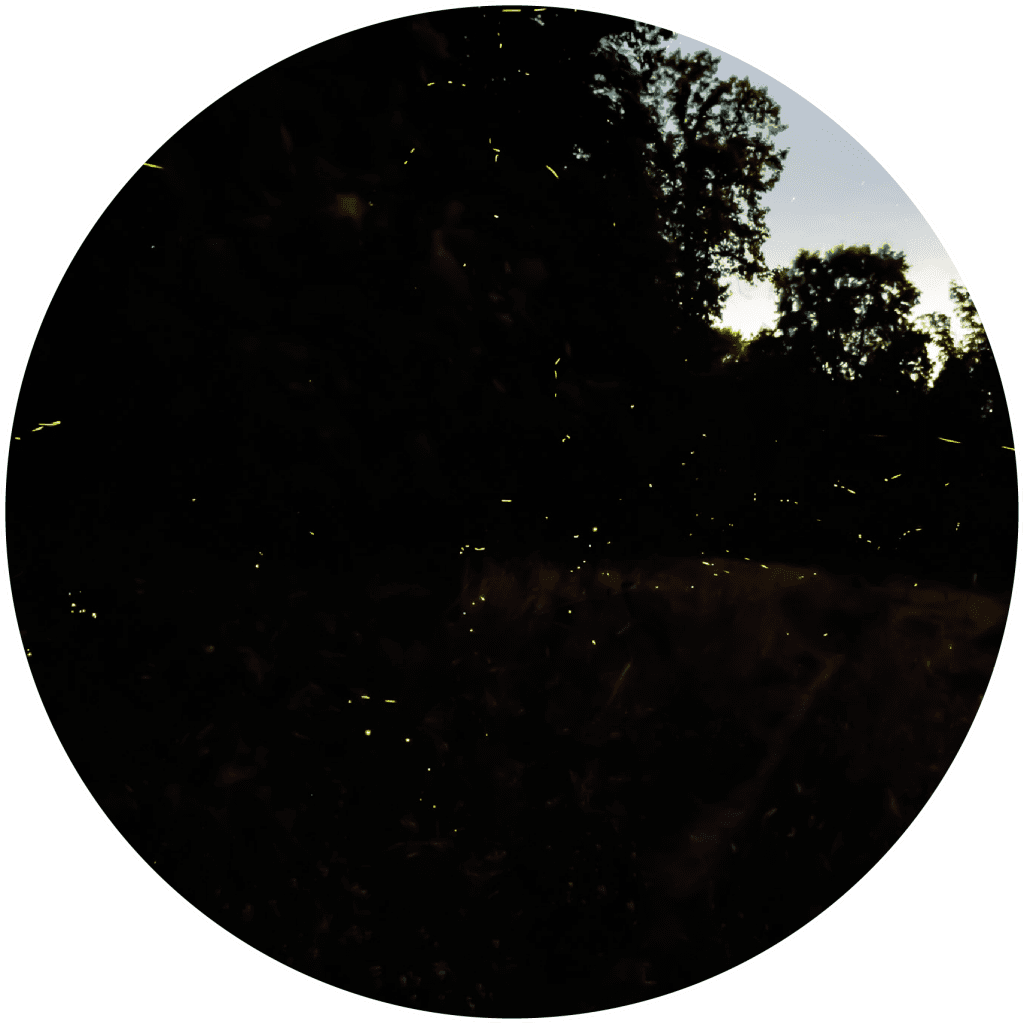

Do We Need All Of That Light?
Protect Our Night
Annual Estimated Cost of Exterior Lighting
50B USD
US Department of Energy Estimated Percentage Resulting in Wasted Light
99%
Annual American Consumption of Outdoor Lighting.
308 tWH
Light Pollution in Numbers
Excess and Unnecessary Light Have Consequences.
875,000,000
Trees Needed to Offset CO2 Emissions from Outdoor Lighting in the US Per Year, via the International Dark Sky Association.
99%
Americans and Europeans who can’t see the Milky Way, per National Geographic.
1,000,000,000
Estimated bird deaths annually due to factors including building lights, per NPR
2x
Black, Hispanic and Asian Americans are 2x more likely to live in heavily light polluted environments according to 2020 Study.
